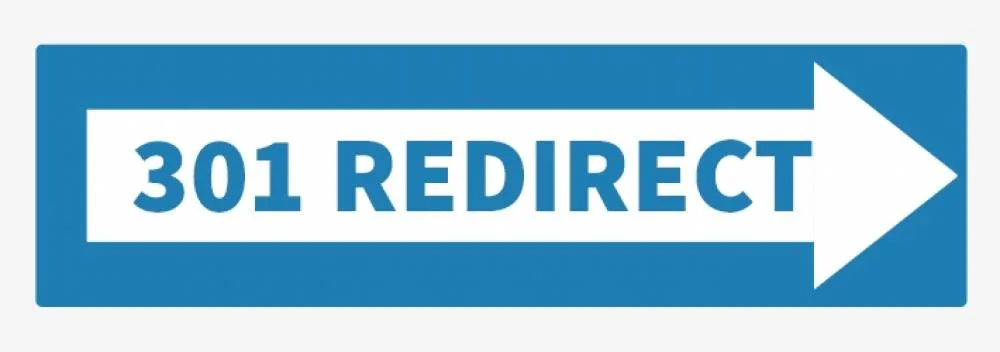I rarely write about technical problems of SEO in my blog, but over time, customers often have questions about what is better to use: 301 or 302 redirect or canonical tag on duplicate content. I think it is worth taking the opportunity to tell you more about each of these methods, to highlight the pros and cons of each of them, and also to give examples of when to use them.
Canonical tags
Canonical tags, as you probably know, if you are an SEO professional, these are the meta tags placed in the <head> section of your page, which indicates the original source of information placed on the page. It looks like this:
<link rel = ”canonical” href = ”http://www.itvolga.com/rental-community/9000058375/AVA-55-Ninth-55-9th-St-San-Francisco-CA-94103/” />
The Canonical tag was introduced back in 2009, and in one of the posts on the MOZ portal this issue was studied in detail. Then he was called "the most important stage in the field of seo-promotion since the creation of the site map." Of course, it was five years ago, but even in the latest Mozscape update, only 18.02% of URLs have a canonical tag (sometimes they even link to each other).
Advantages of using the Canonical tag
The Canonical tag can be useful if you want to tell the search engine that content on your site or on another site may be a duplicate. As far as SEO professionals know, duplicate content can destroy your organic traffic, especially on a long-term basis. In a small amount it can be used to work with duplicate content on the site. It will also be useful for use on other sites that index your content, to tell the search engine where the original content is located, which should be marked as existing. Canonical content will not always work if you want to remove pages from the index or optimize site scans by search engines. However, this can be very useful if you have several types of pages for users or you use page breaks, but still want the search engines to index the full, one-page, long version of the article for ranking purposes.
Disadvantages of using the Canonical tag
First, despite the fact that most search engines state that they take into account the rel = "canonical" attribute, in fact they are not obliged to follow this recommendation. This explains the situation when in the search you can see a copy of the page above the priority.
The second error is the use of the rel = "canonical" attribute for pages with a small percentage of similar content. If the pages do not have a significant amount of identical information, Canonical does not need to use them.
Another mistake is setting up Canonical for pages with a large number of dependent pages. For example, you wrote a long post and broke it into five parts, each of which is on a separate page with its own URL. So you don’t need to refer to the first page in the publication series, otherwise you exclude the possibility of their appearance in search results, even if they are filled with relevant and useful content. In this case, for proper pagination, you need to use the attributes rel = "next" and rel = "prev".
301 redirect
The http status code 301 of the http protocol has always been considered standard to support final and permanent redirection from the page. Using this command, you get high authority of links for most source pages, as well as high relevance and ranking for the page that is redirected.
The 301th redirect informs both users and search engines that the original page is no longer available, and you can find the most suitable, updated information via another link.
301 redirect and possible problems
First, setting the http status code may not be possible if you do not have access to FTP or a server.
Another minus of the 301st redirect is that search engines may take considerable time to index the new page instead of the original one. The time depends on how often the search engine comes to your site and this original page. Therefore, you should not count on the instant success of the 301 redirect and use it in campaigns that require quick results.
Problems may also arise as a result of improperly configured 301 redirects. For example, when the webmaster creates a new site, and then redirects from all pages of the original site to the main page of the new one. As a result, traffic goes to irrelevant content, which provokes a lot of failures.
When to use 301 redirect
By default, this is the preferred method of forwarding;
For pages that have been permanently deleted or replaced;
For domains that have moved (after rebranding, etc.);
For pages with 404th error and remote content (it is assumed that the new content or page exists).
When to use the Canonical tag
If it is impossible to configure the 301th redirect, or its setting will take too much time;
If you want to keep both pages with duplicate content;
When the URL is dynamically changed for the same page (for example, using filtering functionality);
If you need to set up redirection within one site from pages like mysite.ru/page/index.php to the same page with address mysite.ru/page/;
If you want to keep identical content on two sites with different domains (relevant for desktop and mobile versions of the site).



